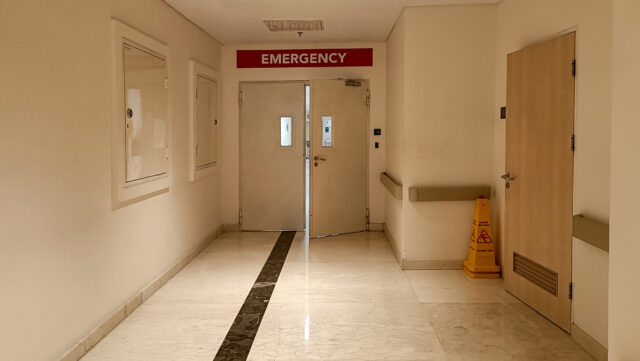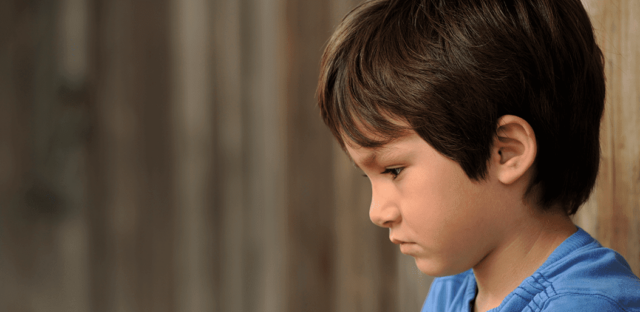TOPICS
Treatment
Learn about the different kinds of therapy and medication for your child’s mental health, neurodevelopmental differences, or neurological issues.

Treatment Resources
Whether your child has depression, anxiety, ADHD, or something else, diagnosis is only the first step. Fortunately, there are therapies and medications that can help. Few are one-size-fits-all, and there is often trial and error before finding the right combination of supports. But the results can be life changing — and lifesaving.
Treatment Basics
Getting effective treatment for mental health challenges can take time and commitment, from choosing a provider to getting family members and your child on board. Here are some basics to help you get started.
Behavioral Treatment
For many kids with mental health challenges, a form of cognitive behavioral therapy (CBT) will be the recommended treatment. CBT teaches skills and coping strategies that enable kids to manage distressing emotions and avoid challenging or self-destructive behaviors. There are many specialized forms of CBT that have been shown to be effective for fighting specific disorders.
Medication Treatment
Often prescribed in combination with behavioral treatment, medication can reduce distressing symptoms. When children are given medication, the right dosage should be carefully determined, and they should be monitored regularly as they grow and change.
Emergency Mental Health Treatment for Children
We don’t always have the luxury of time when it comes to finding support for a child in distress. Here’s what you need to know when seeking care for children in crisis.
ADHD Treatment
Behavioral therapy in combination with medication is considered the most effective treatment for kids with ADHD. Medication includes stimulants — the most common treatment —and non-stimulant alternatives. Behavioral treatment includes parent training and teaching kids organizational and other executive function skills.
Treatment for Anxiety, OCD and Related Disorders
For kids with anxiety or OCD, worry or intrusive thoughts can impact every part of their lives. Behavioral therapy, sometimes combined with medication, is usually the most effective treatment for anxiety, OCD, and related disorders like skin picking and hair pulling.
Treatment for Kids With Autism
When kids are diagnosed with autism, they are typically referred to applied behavioral analysis (ABA) or other behavioral programs to help them build skills they are not developing on their own. Medication is sometimes prescribed for children with serious behavior problems, including aggression and self-injury.
Treatment for Depression and Trauma
Behavioral therapy and medication can both make a big difference for kids with depression. For children struggling to recover from traumatic experiences, specialized behavior therapy can help.
Treatment for Schizophrenia and Psychosis
Schizophrenia and psychosis can be scary for young people and their families. But treatment that combines therapy, counseling, and medication can lead to better outcomes for young adults.
Treatment for Tics and Tourette's
When a child develops tics, it doesn’t always require treatment. But if the tics are interfering in their daily life, then specialized behavioral therapy can help kids manage them.
Eating Disorder Treatment
Eating disorders can be difficult to treat because people are often secretive about them. Family-based therapy is considered the most effective treatment.
If Treatment Isn’t Working
Finding the right treatment for your child can take some trial and error. That means knowing when to walk away to try something else.
Treatment
Ask an Expert
All Treatment Resources


















































































